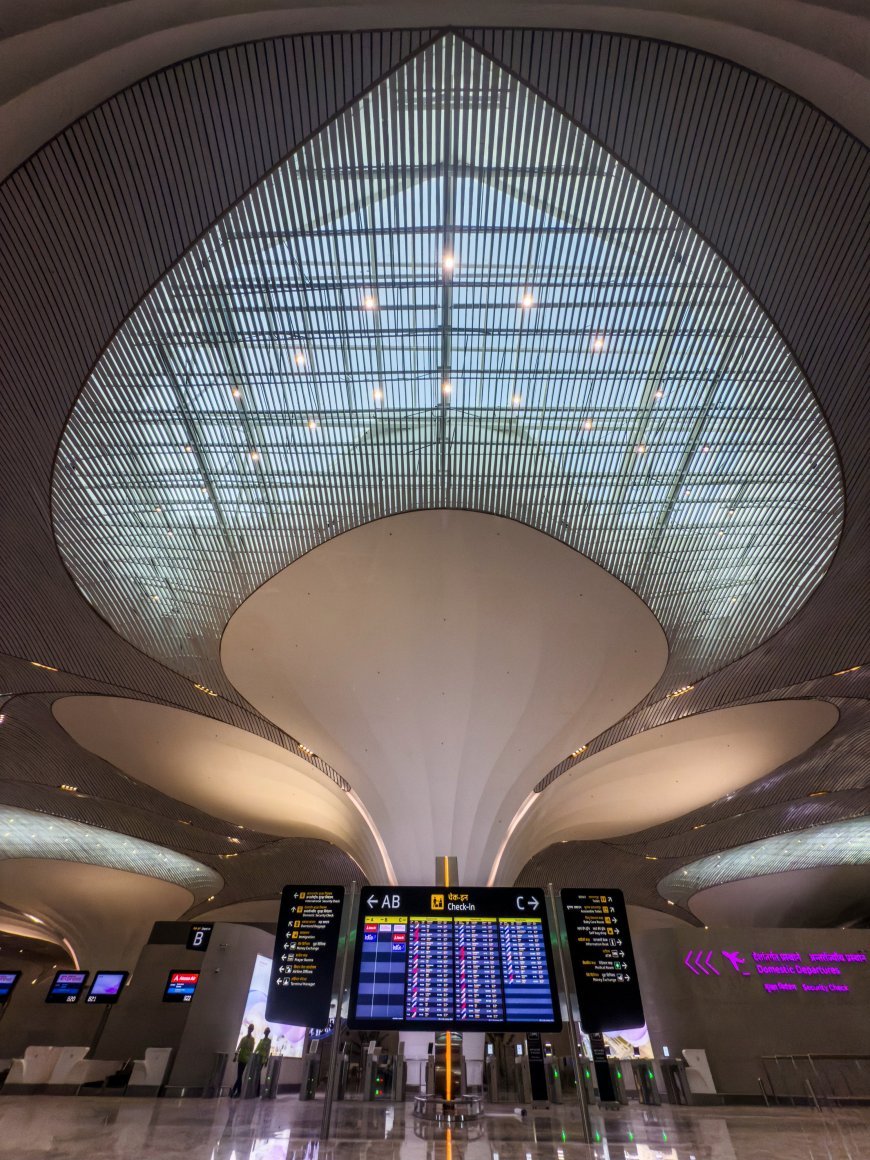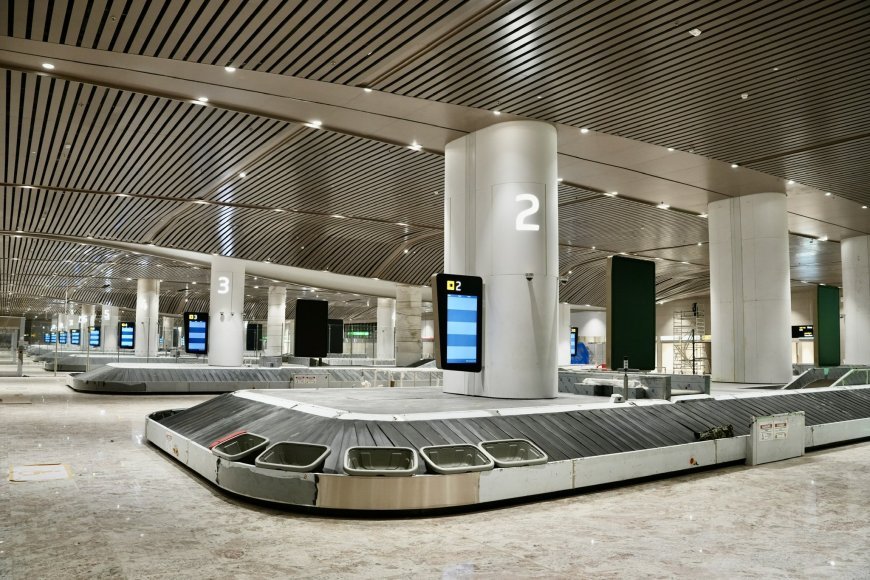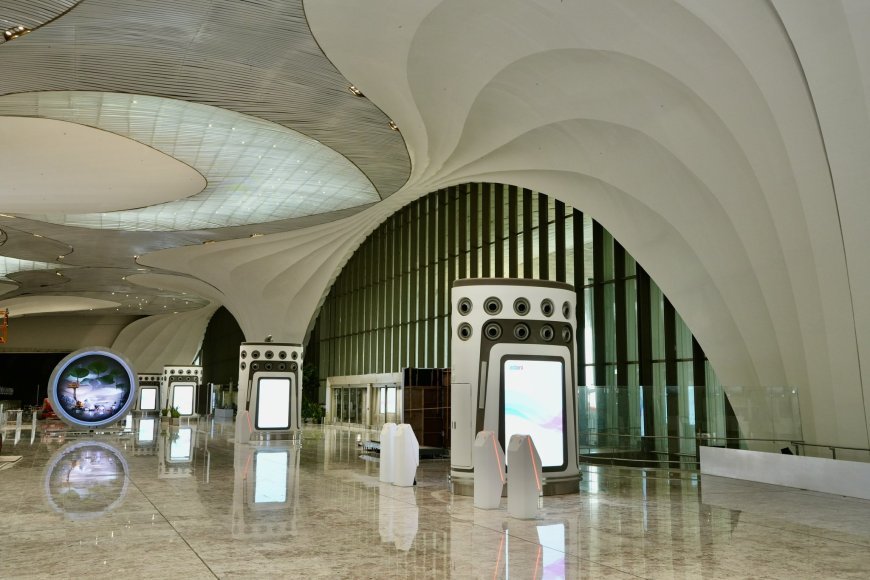PM Modi Inaugurates Navi Mumbai International Airport: A New Era in Indian Aviation

On October 8, 2025, Prime Minister Narendra Modi officially inaugurated the first phase of the Navi Mumbai International Airport (NMIA), heralding a landmark moment for Indian aviation and infrastructure. This ambitious project, built under a public-private partnership between Adani Airports and CIDCO, aims to decongest Mumbai’s existing airport and deliver a state-of-the-art air hub for the region.
Why NMIA Matters: Strategic Importance & Vision

Mumbai is poised to join elite global cities with multiple international airports. Navi Mumbai International Airport is being positioned as a “twin” to Chhatrapati Shivaji Maharaj International Airport (CSMIA), offering relief to Mumbai’s overburdened skies.
In Phase 1, NMIA is designed to handle about 20 million passengers annually and support around 22 flights per hour. Over time, expansion plans envision capacity scaling up to 90 million passengers per year and handling up to 3.25 million metric tonnes of cargo.
The terminal architecture draws inspiration from the lotus, with sculptural petals and sweeping lines that blend tradition with modern minimalism. Inside, the airport emphasizes digital automation, biometric systems, virtual queuing, smart baggage handling, and seamless passenger flows — making it India’s first fully digital airport in many respects.
Inauguration Day: Highlights & Political Significance
The inauguration ceremony saw PM Modi accompanied by Maharashtra Chief Minister Devendra Fadnavis, along with dignitaries and officials. The move is more than symbolic — it reflects the central government’s aim to drive infrastructure development, regional growth, and global competitiveness in aviation.
Economically, the airport is expected to catalyze real estate development, generate employment in aviation, logistics, hospitality, and surrounding zones, and bolster trade and tourism in the Mumbai–Pune–Konkan corridor.
Additionally, NMIA establishes stronger multi-modal connectivity. It is tied to key transport corridors — including the Mumbai Trans Harbor Link (MTHL) and road and metro networks — enabling swifter access from various parts of the Mumbai Metropolitan Region.
When Will Flights Begin? Phased Operational Rollout
Though the inauguration took place in October, commercial operations are expected to commence by December 2025 after final clearances and testing protocols. Initially, flights will operate between 8 am and 8 pm, with about 10 air traffic movements per hour, gradually scaling up to 40 per hour within months. Airlines like IndiGo, Akasa Air, and Air India Express have already indicated interest in launching services from NMIA.
The current infrastructure includes contact stands, remote stands, aerobridges, and modular layouts to support expansion.
Challenges, Public Reactions & Expectations

While enthusiasm is high, there remain concerns. Some reports flagged air safety risks, citing nearby slaughterhouses and potential bird-strike hazards near the runway zone. Scrutiny from civic groups and regulatory bodies like DGCA is ongoing to ensure compliance.
Public reaction has largely been positive, with praise for the airport’s futuristic design, digital features, and expectations that NMIA will bring relief to Mumbai’s congested air traffic.
Yet, many also await clarity on connectivity, ticketing, fares, and how smoothly operations will scale. The true test will lie in execution during the first few months.
Conclusion: A Gateway to the Future
The inauguration of Navi Mumbai International Airport by PM Narendra Modi marks a pivotal moment in India’s aviation journey. With cutting-edge technology, eco-conscious design, and ambitious scale, NMIA is more than an airport — it’s a symbol of India’s drive to redefine connectivity and infrastructure.
As commercial flights take off in the coming months, millions will watch whether NMIA can fulfill its promise: to decongest Mumbai skies, stimulate regional growth, and emerge as one of Asia’s leading aviation hubs.
What's Your Reaction?
 Like
0
Like
0
 Dislike
0
Dislike
0
 Love
0
Love
0
 Funny
0
Funny
0
 Angry
0
Angry
0
 Sad
0
Sad
0
 Wow
0
Wow
0




























